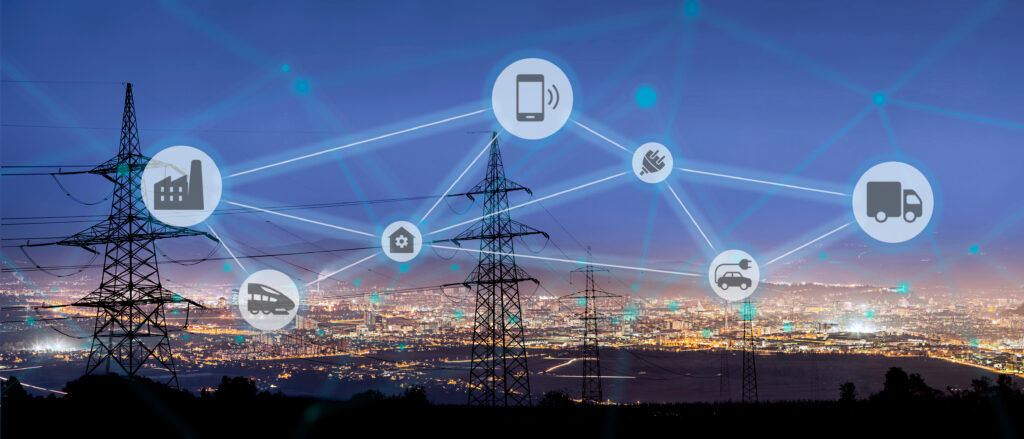By: Paula Courtney, CEO & Jon Skinner, EVP – The Verde Group
Of all the business categories that Verde serves, the Utilities sector is probably the least developed when it comes to customer experience. Which makes sense, since Utilities – which for most of their history have operated as monopolies with highly regulated prices and little risk of customer switching – have had little reason to make CX a strategic or operational priority.
But we’re in a different world now, and CX is definitely on the radar of our Utility clients. One factor is ongoing deregulation, which continues to open up the energy marketplace to new companies, technologies, and customer opportunities. The day is not too far in the future when customers will much more easily and readily be able to select their preferred energy providers. And that means Utilities are beginning to focus more on the quality of the CX they deliver, in anticipation of a time when they need to purposefully act to retain their customers.
Societal issues are raising the importance of CX for Utilities as well. Climate change is a material factor: consumer and corporate customers alike care more about environmental stewardship than ever before due to a blend of social, economic, and political concerns. They expect their Utilities to “be green” and help them to “be green.” The arrival and persistence of COVID has also played a role. The growth of remote work is changing the energy requirements and expectations of those who now work from home and not an office, and changing the expectations of the companies who employ these remote workers.
Perhaps the biggest factor in the rise of CX for Utilities is technological innovation and the “Internet of Things” (IOT), which now offers Utilities exciting and novel ways to interact with customers. Consider smart meter technologies. These are remarkable devices, allowing for customization and communication: they equip customers with the ability to develop personal energy plans that maximize comfort and energy efficiency, and provide new ways for a Utility to interact with those customers. Utilities increasingly understand that focused CX management will be necessary to become a trusted advisor in this new world, where customers can more purposefully participate in their energy consumption and Utilities can offer advisory services on energy management.
Make it easy for customers
While these drivers are making Utilities more central to customers’ lives, there needs to be a clear CX strategy in place to fully capitalize on these dynamics. And the only way to truly build a strategy that works is through deeper insights into what customers want and expect.
One important insight —not profound, but often forgotten — is that businesses need to make things easy for their customers. In other words, reduce the friction. Verde Group did a study recently with one of our Utility clients and we found that most customer pain came from two specific and very basic areas: communications and clarity around rates and monthly billing. Utility customers want to know: Why is my bill changing? Why is my energy consumption so high this month? What can I do to manage it? These “what’s in it for me?” questions were of the highest importance to Utility customers, consumer and commercial alike. That doesn’t mean big societal concerns aren’t important. It simply means that Utilities need to reduce friction and get the CX basics right before anything else.
Deeper customer insights lead to deeper customer relationships
Once a Utility gets the fundamentals down, what comes next? This is where Utilities need to think about building a deeper, more purposeful relationship with customers. Like customers of any company, not all Utility customers are created equal or want the same things. Understanding them better is the key. And that requires good data — their energy consumption patterns, their complaint patterns, their channel preferences, their aspirations, their unmet needs. Some of this is data is operational, and can be gleaned without surveying customers. Other critical dimensions will require “voice-of-customer” research activity, using intercept/transactional surveys and relationship tracking.
But good customer data is just the beginning. Utilities still need to put that data into the hands of people who develop customer strategies, and into the hands of the people who execute those CX strategies every day. And this is a major challenge for the Utility sector. Most Utilities are highly siloed, with an abundance of legacy processes, systems, and cultural habits. For longstanding players in the space, the key challenge is how to reimagine and retool an operating model and customer culture built around obsolete internal processes and technologies. Significant effort will be required for many Utilities to evolve into trusted energy advisors and customer experience experts ready for tomorrow’s energy challenges and opportunities.
While the task may appear daunting, there is a clear path to CX success: put the customer at the center of decision-making from the C-suite to the front line and every step in between. Determine what customers require. Assess how well you are delivering on those requirements, and identify the specific areas of under-delivery that carry the biggest risk to customer relationships and loyalty. Once you have identified the most costly areas of CX underperformance, take targeted action to improve that performance. And finally, take the time to develop an internal plan for governing CX initiatives and socializing the importance of CX across the organization. These steps will take Utilities down the path to CX success. That path won’t be short, and it may have some switchbacks along the way. But it will be worth for those Utilities who choose to lead and win through customer focus.
